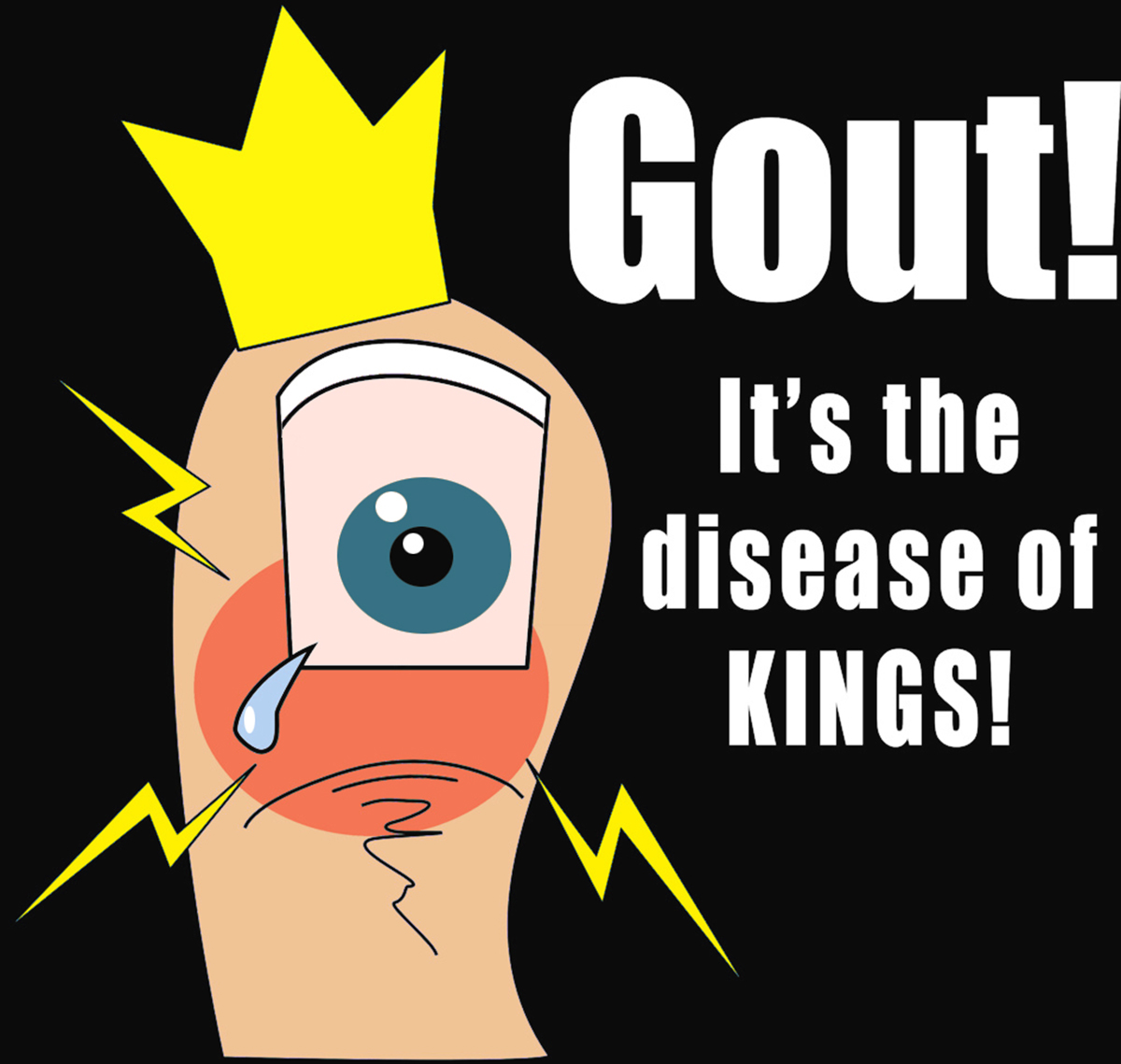Table of Contents
In the absence of medical treatment, gout attacks can strike over and over again, sometimes progressively worsening. Joints can be eroded and ultimately destroyed, and the build-up of urate crystals can lead to nodules around the affected joint, called tophi. During flare-ups, these tophi can be sore and painful, and during resting periods, they can simply get in the way. Because urate crystals can also biuld up in the kidneys, kidney stones are another complication of gout.
Should you recognize the gout symptoms laid out above, it's important to make an appointment with your doctor even if symptoms subside, because they can return and cause damage that could have been prevented. Tell your doctor about your symptoms, and if you already suspect gout, say so.

Blood tests, fluid samples from the affected joint(s) and a discussion about symptoms and medical history can all be part of the diagnostic process. X-rays and CT scans may also be employed.
Gout Treatment Options
Terry was told to go on a diet to ensure his purine intake was lowered, as well as to lose weight. Cutting out yeast, spinach, fish, and meat isn't easy for him, and he hasn't yet given up beer. At first he was determined to make the right lifestyle changes, but now that his gout has confined him to the house — it's winter where he lives, so too cold to go without shoes, and he's embarrassed too — he sees beer and fish as one of the remaining pleasures in life.
He is, however, trying to lose weight, and he has also increased his water intake in accordance with his doctor's advice. In addition, again as his doctor advised him, Terry has started drinking more coffee, "at least five a day", as his doctor said. Coffee lowers uric acid levels, and the ability to drink more coffee may just be one of the upsides of having gout.
Should he make the remaining necessary lifestyle changes successfully, he will contribute to reduced symptoms. The same applies to you, if you have gout.
These include Nonsteroidal anti-inflammatory drugs (NSAIDs) to reduce inflammation, and a pain medication called Colchicine for acute attacks. Colchicine is very effective at treating pain resulting from gout, but it can also cause side effects such as nausea, vomiting, and diarrhea that makes some patients unwilling to take it. In this case, higher doses of NSAIDs can come to the rescue as well.
Corticosteroids are another much-relied upon form of medication for gout patients. These medications, such as Prednisone, can reduce both inflammation and pain. When injected, corticosteroids can bring near-instant relief, but they can also be taken orally. Corticosteroids do, also, come with side effects such as mood swings, an increased blood pressure, and increased blood sugar levels. That is why Terry, who already has high blood pressure and depression, was not prescribed corticosteroids.
READ Reduce Gout Risk Naturally
Medications called xanthine oxidase inhibitors, meanwhile, can help people who have suffered repeated gout attacks by blocking the production of uric acid in the body. Probenecid, meanwhile, doesn't block uric acid production but does help the kidneys remove it from the body.
Before deciding on medication together with your doctor, be sure to discuss the benefits and side effects in detail. When you take the right medications before any joint damage occurs, and make the advised lifestyle changes alongside taking your medications, gout can often be treated very well.
- Photo courtesy of handarmdoc: www.flickr.com/photos/handarmdoc/9209624939/
- Photo courtesy of DanCentury: www.flickr.com/photos/dancentury/2772261813

